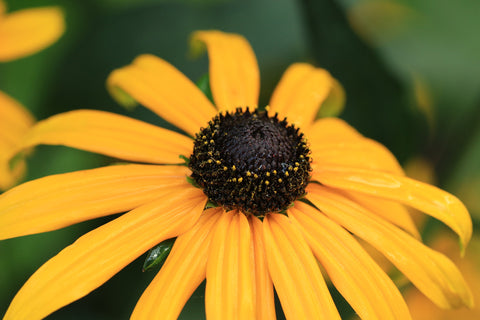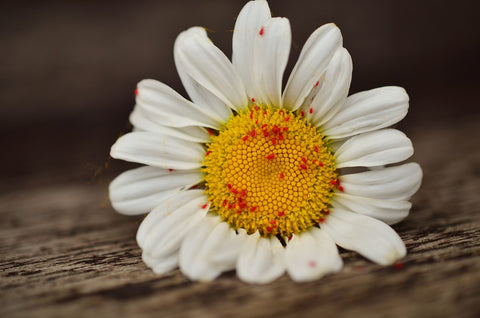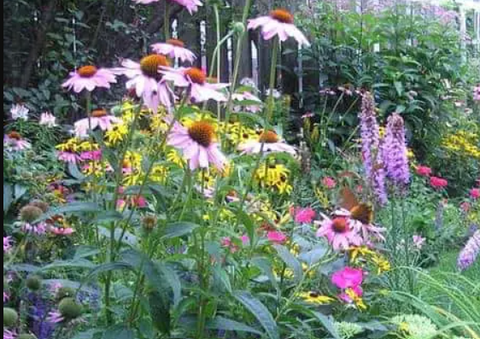There are over 25 species of either annual, biennial, or perennial Rudbeckia or commonly called Black or Brown Eyed Susan’s available. The number of cultivars or varieties surpasses 50. Most of the perennial and biennial varieties are native to the United States. Rudbeckia is an herbaceous plant with a raised central disc in black, brown, or green. The rays spread from the disc and may be flat or drooping. They tolerate deer and bloom from June to September. Rudbeckia species tolerate native soils, with R. laciniata and R. maxima tolerating more moist conditions. Soils for many of the varieties should drain and have some organic material. Most prefer full sun however, R. triloba and R. maxima can handle light shade.
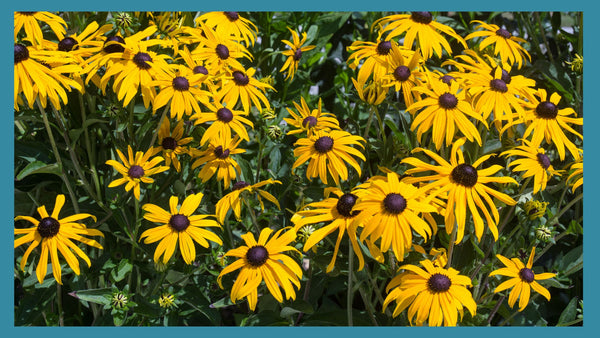
Rudbeckia triloba is commonly called the Brown Eyed Susan and grow from 2-3 feet tall and 1-2 feet wide. It is hardy from zones 4-8 and is considered a short lived perennial or biennial. The disc is dark brown\ purple. This species prefers rich soils and can handle some light shade. Smaller more prolific flowers are produced throughout the stems.
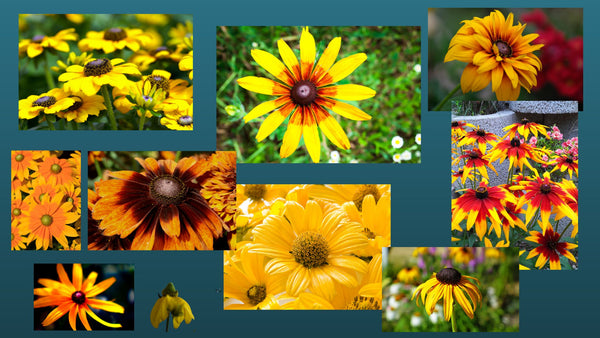
Rudbeckia maxima or Large Coneflower can grow from 5-7 feet tall and 3-4 feet wide. This perennial emanates from a bluish green basal clump of leaves with sturdy tall stems towering over plant. The flowers are 3-4 inches with dark brown cones with drooping rays of bright yellow. Many native songbirds feast on these cones. This plant is hardy from zones 4-9.

Rudbeckia fulgida or commonly called Orange Coneflower, is native to the southeast US is often seen on roadsides. This species is hardy from zones 3-9 and grows 2-3 feet tall and wide. Hardier than many others this one starts flowering in June and if deadheaded can continue into Oct. It prefers full sun, well-draining, organic soil, and will tolerate many clay soils. Songbirds enjoy the seeds produced by this native.
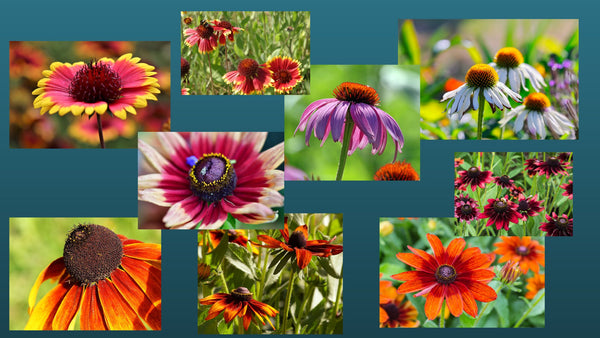
The tall coneflower or Rudbeckia laciniata can grow from 2-9 feet tall by 1-3 feet wide in zones 4-9. This one prefers hot humid conditions and flowers from July till September. The leaves are cut and lobed in 3-5 sections. The flowers are 3.5 inches wide and rays are bright yellow and droop. Cones are greenish in color.
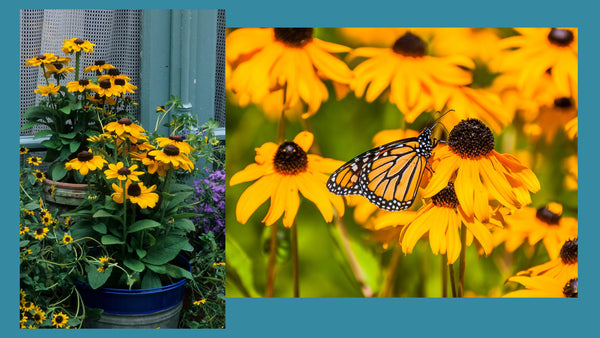
Rudbeckia fulgida var. ‘Goldsturm’ is a hybrid variety that is often sold on the market and is known for its long bloom time, tidy appearance, and large flowers. This variety prefers average soil that drains well, organic material in soil and good air circulation. This one is best propagated by division.
Rudbeckia varieties are great for cutting gardens as well as wildlife habitats. The best study done on the different varieties was conducted by the Chicago Botanic Garden in the 1990’s. The study lasted over 4 years. The plant is long-bloomed, cones provide songbirds with food, and many spread or naturalize in your garden.

The Mill usually gets Rudbeckia in July. Traditional Black-Eyed Susans are a very popular flower with our customers and as more customers are interested in creating pollinator-attractive areas in their yards, there is a growing interest in color variations. Supplies from growers are variable, so be sure to ask for availability if you are looking for specific color varieties.

